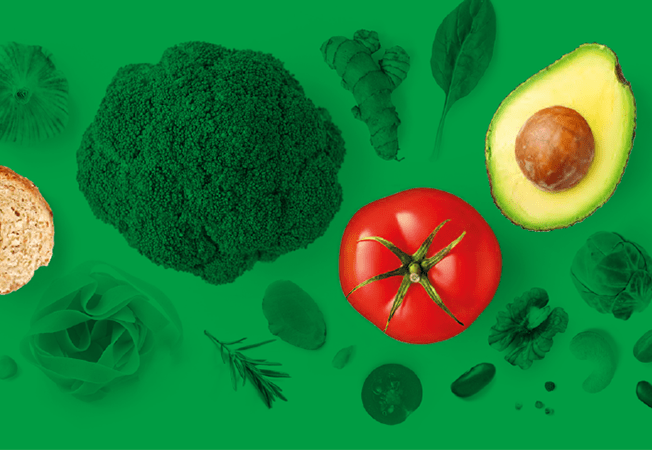The United States was at the forefront of the most competitive countries in food costs in the world, according to a classification prepared by the Department of Agriculture (USDA).
To prepare the indicator, the total consumer spending on food is taken as a basis as a percentage of total household final consumption spending.
Also, separately, it prioritizes this expense in terms of non-alcoholic beverages.
After the United States (7.1%), there are Singapore (7.9%), the United Kingdom (9.4%), Austria (9.7%), Switzerland (10.2%) and Ireland (10.3 percent).
While consumer spending comprises personal spending on goods and services, consumer spending in the domestic market is equal to consumer spending by resident households plus direct purchases in the domestic market by non-resident households and minus direct purchases abroad by resident households.

According to the USDA, in most foreign markets, long-term consumer spending trends show a decrease in the share of spending on staple foods (such as rice and wheat) and an increase in the share of food. higher value, such as meat, dairy, fruits and vegetables.
These changes in food demand trends have reshaped global food marketing and brought about changes in the structure of the global food industry.
Food costs
Food suppliers and retailers have responded to the demand by modifying their products and retail formats to better meet consumer needs.
Additionally, the USDA indicates, multinational retailers have expanded into developing countries.
The structure of the global food industry has been changing as manufacturers and retailers adjust to meet the needs of consumers, who increasingly demand a wider variety of higher quality products.
Other countries with lower food costs are: Canada (10.6%), Australia (10.8%), South Korea (11.6%) and Germany (11.7%).
In Latin America, the best located countries are: Panama (16.7%), Brazil (17.3%), Chile (17.9%) and Colombia (18.6%). More distant, Mexico had a 27.9 percent share.
![]()

